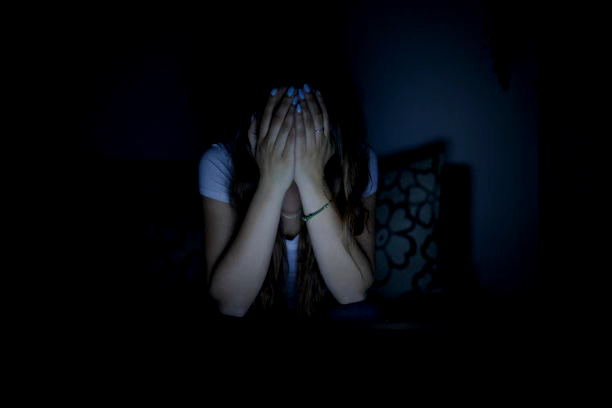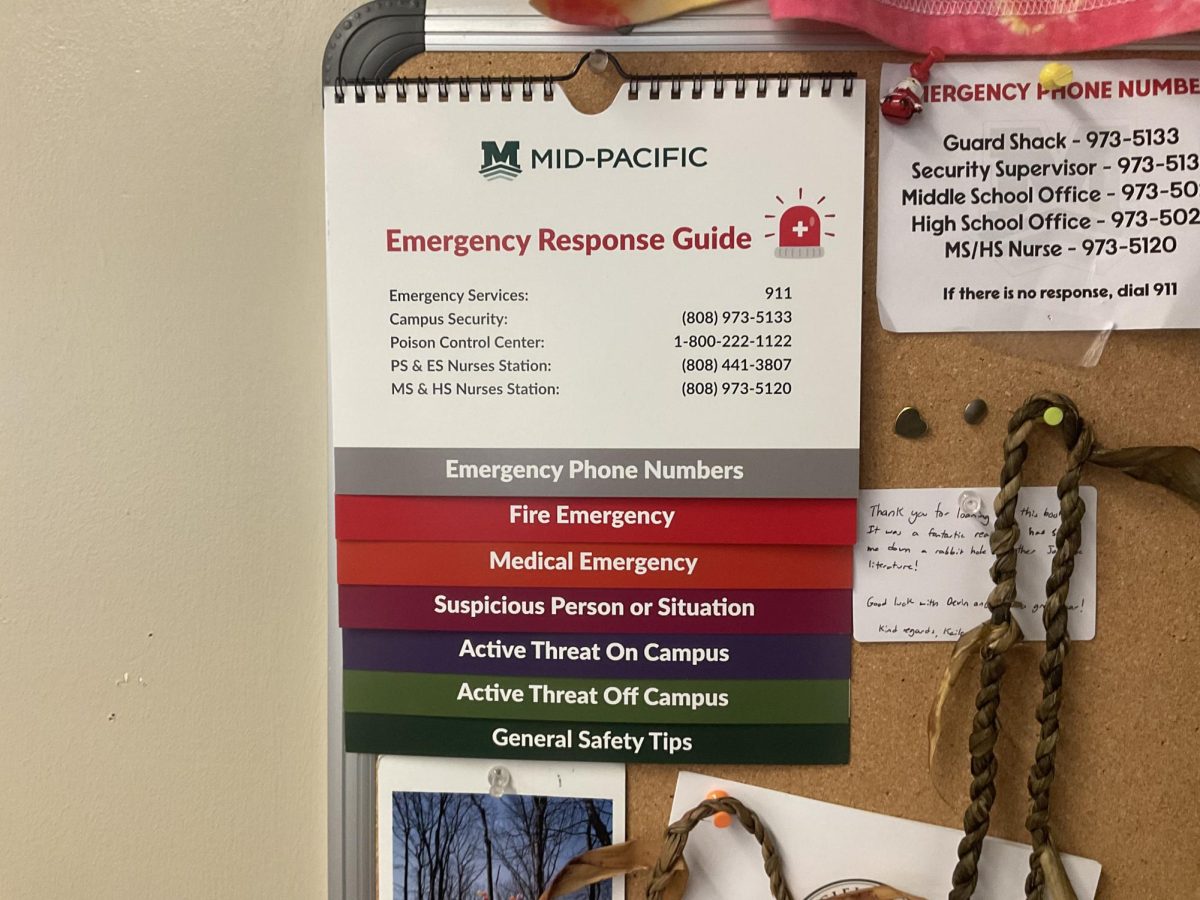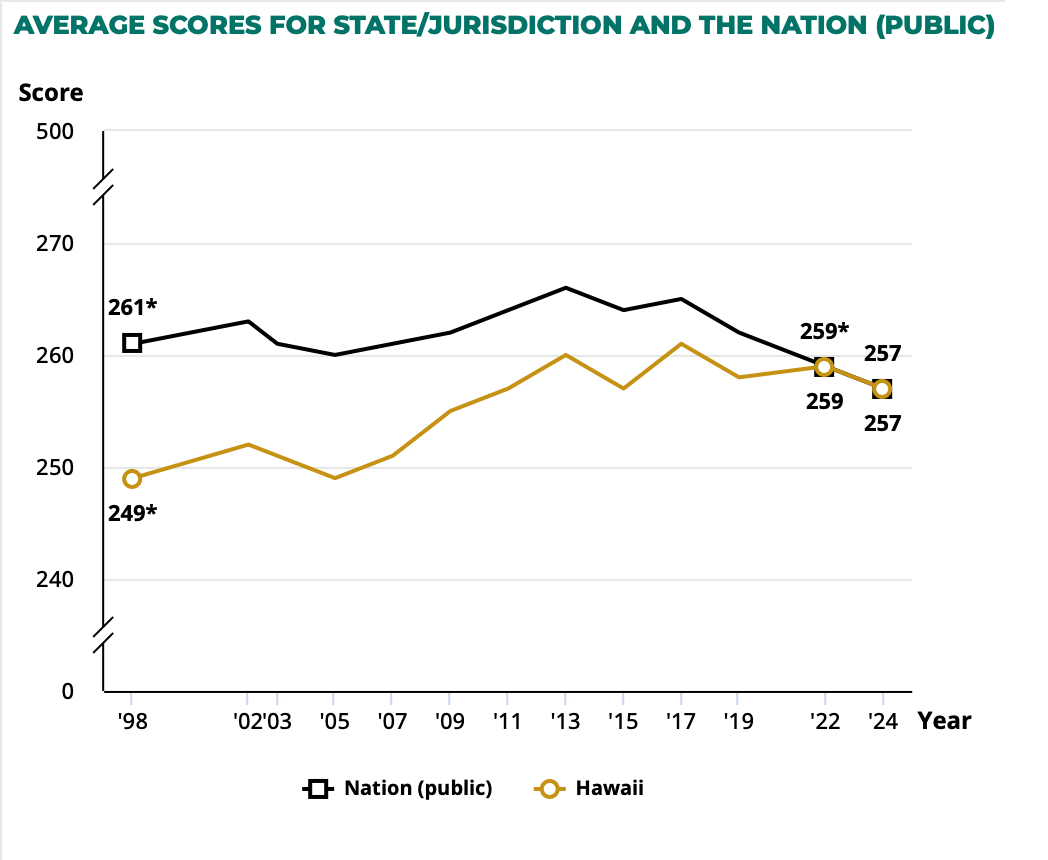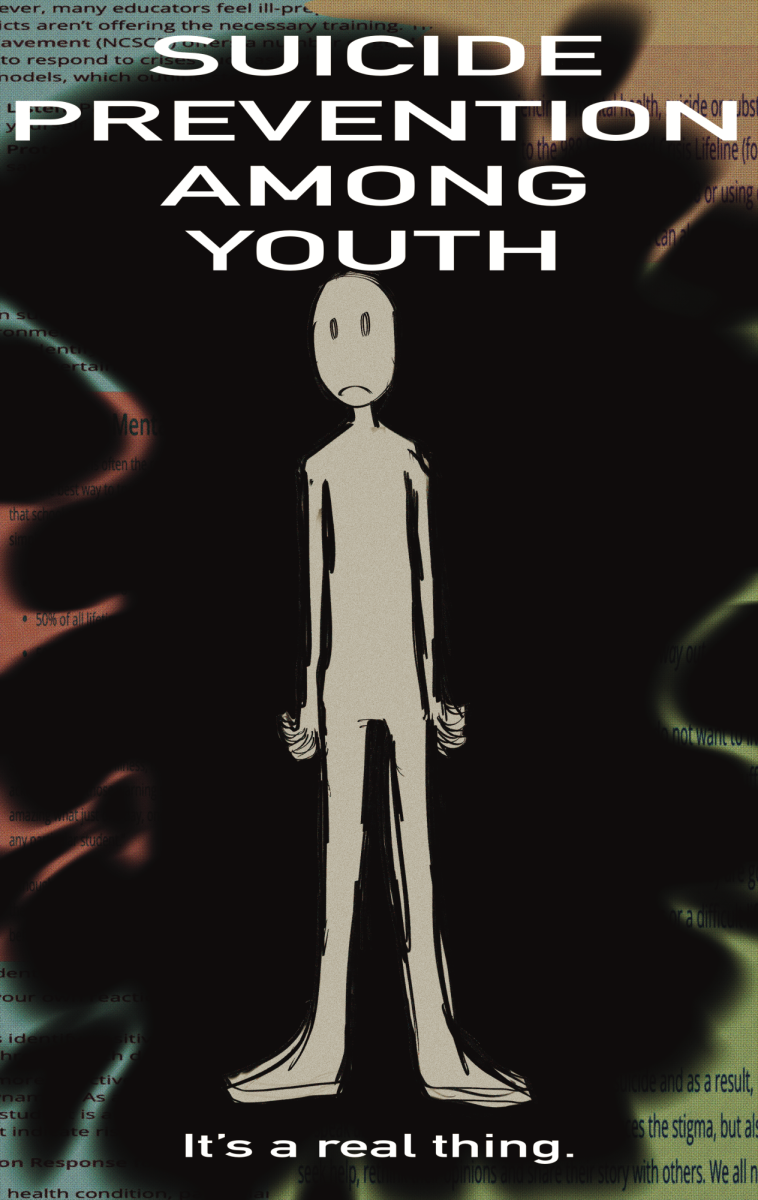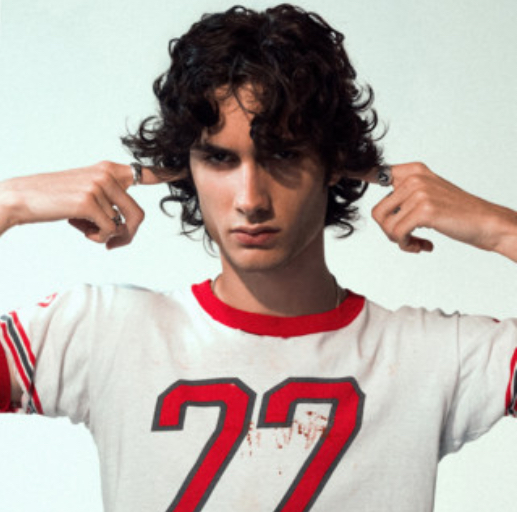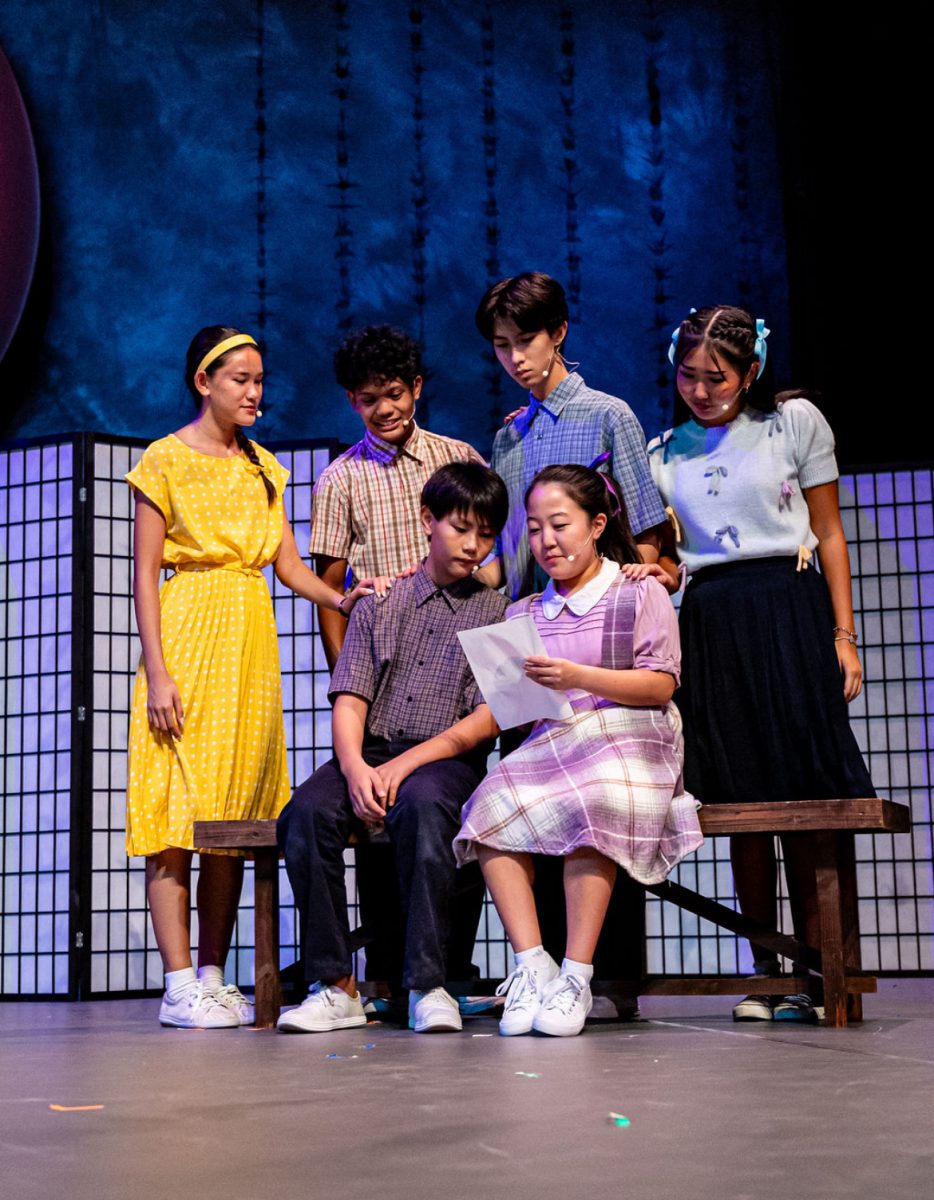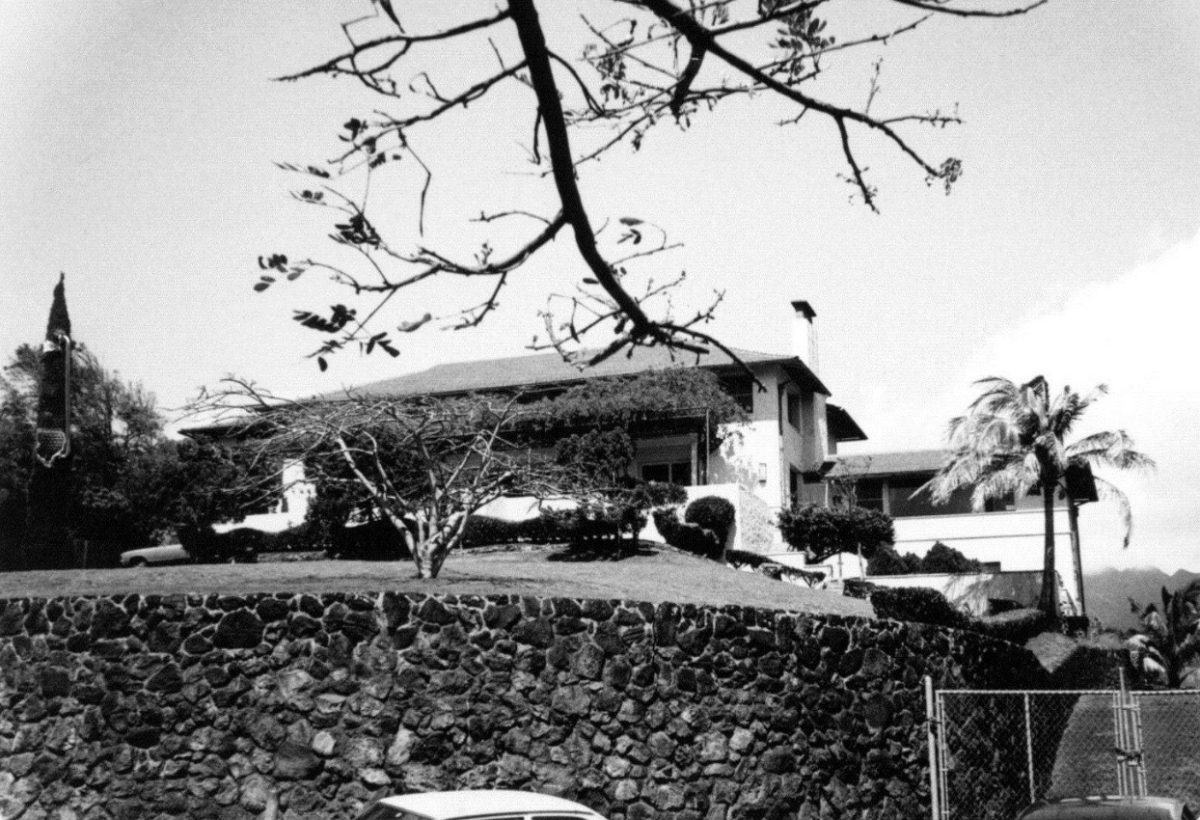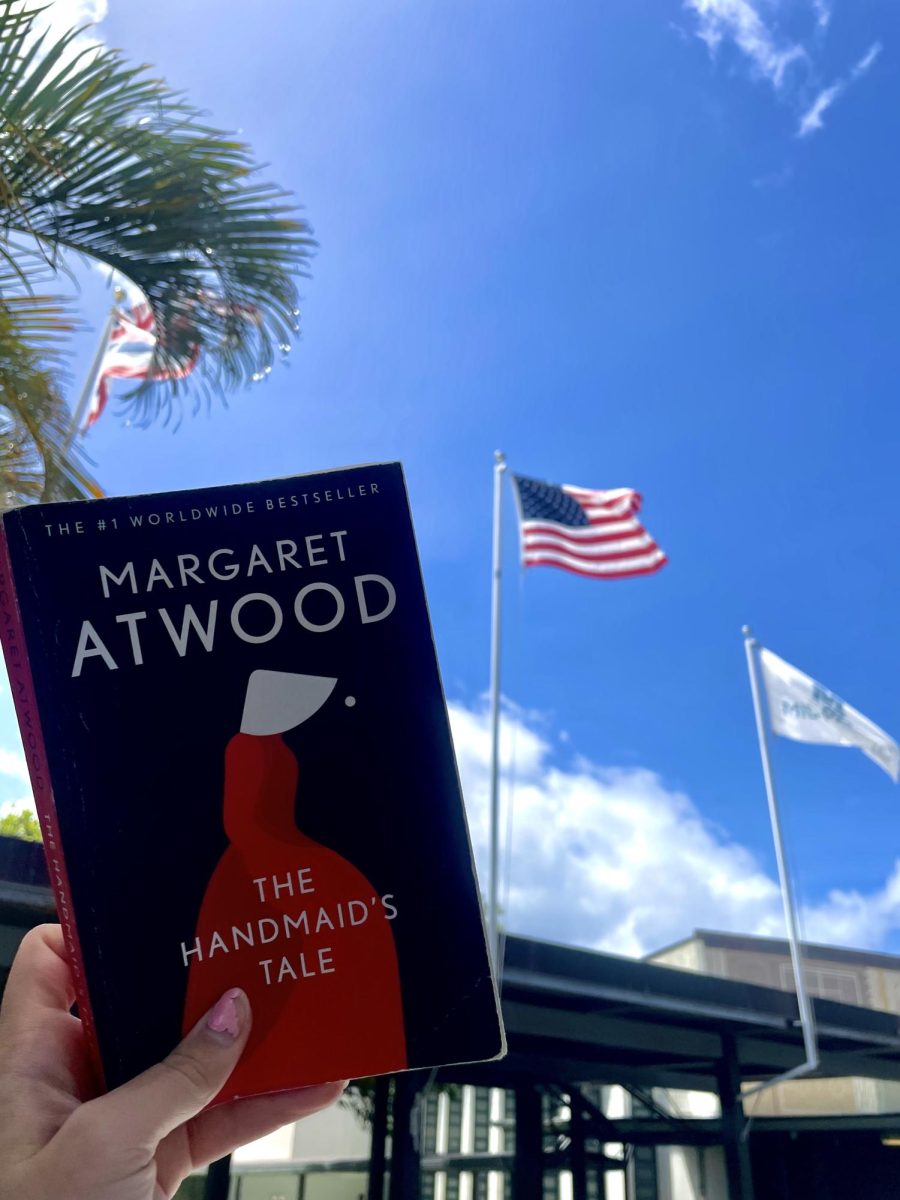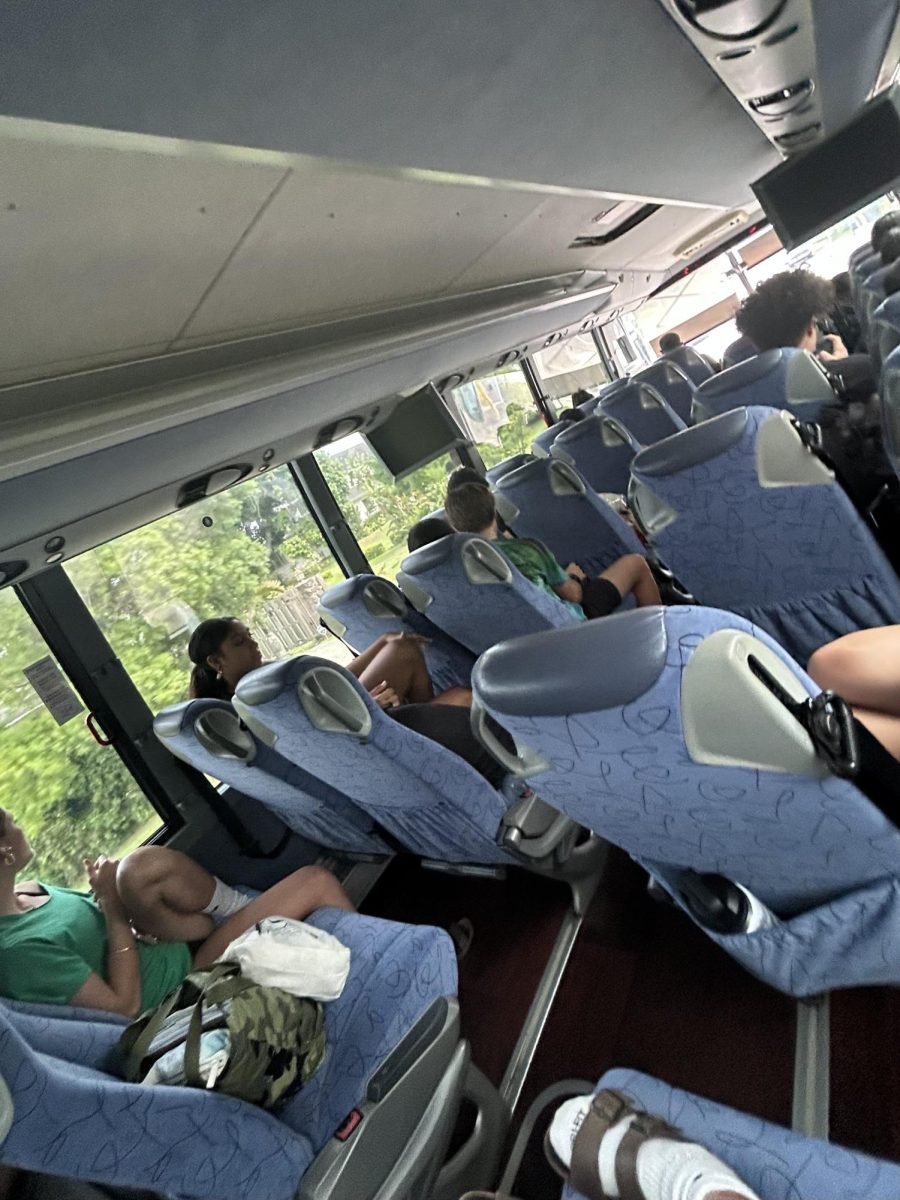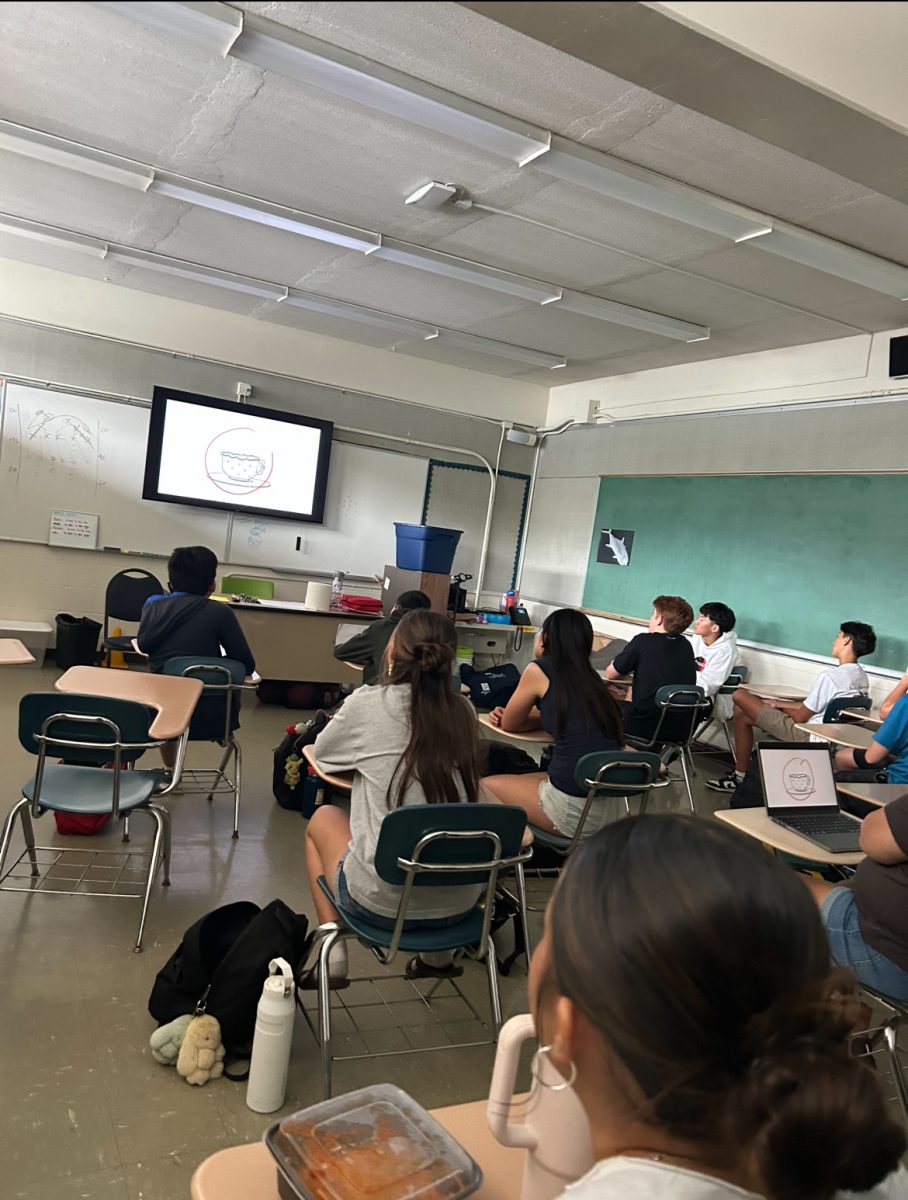In recent months, there has been a spike of threats regarding school shootings across Hawaii.
The threats started with a threat made to Kamehameha Schools Kapalama campus, then to Maryknoll Schools, Damien Memorial, Kapolei High School, and Mililani High School.
Many people in Hawaii agree that Hawaii does not have a prevalent gun culture. However, this doesn’t mean the community can disregard any threats that are put out.
“It seems to me in the last few months, there has been an increase in gun violence in the state. I don’t know if that’s just reporting or if there’s an actual increase. So every time a threat happens, just a little bit of me is like ‘how much longer is that going to become an untrue statement, that we are not a part of gun culture?’” English teacher Kathy Wheeler said.
Action that was taken regarding these threats ranged from canceling school halfway through the day, to canceling school for the whole day.
With Mid-Pacific having close ties to these schools, many students and faculty worry about the safety of the staff and student body on campus.
“As a student understanding that people are receiving threats to their school, part of me wonders where the threats stem from,” junior Chloe Platt said.
Some argue the validity of these threats, whether it is truly something to be concerned about, or just a way to take a day off from school.
Are these students perpetrating the threats trying to get out of school or are they genuinely threatening their school?” Platt said.
These threats also create stress for a teacher knowing that the safety of the school is being targeted.
“It definitely makes me feel afraid for the students and for the obvious fact that no one knows which threats are credible. Sometimes it’s just a cry for help, other times it’s really someone who wants to do harm to people. I think that the hard part is sort of differentiating what’s a real scenario and what is not,” Social Studies teacher Ryan Darnell said.
Many argue that Mid-Pacific lacks the dialogue necessary to address this issue.
“I think if our school addresses problems before they take place, it would bring to light more information and there will be less speculation,” Platt said.
Despite the lack of conversation surrounding school shootings, Mid-Pacific faculty has received training on what to do during an active shooter situation.
“During this past summer, we had training about school shooting situations and what to do. We learned skills such as how to barricade our classrooms and how to fight back if there’s an active shooter,” Darnell said.
However, this training only took place once, and many students are still clueless as to what should happen in an actual active shooter situation.
“Since we have fire drills, everyone knows what happens when there’s a fire; we go to the field. If there’s an active shooter, what are we supposed to do?” sophomore Leilani Moran-Hurtt asked.
Head of Mid-Pacific’s security, Brad Heatherly, about Mid-Pacific protocols on an active shooter.
“We have a detailed crisis management plan that will be put in place during the summer,” Heatherly said.
Mid-Pacific also recently hired a team of former SWAT officers called Blue Line Solutions. Blue Line Solutions serve as training to faculty and staff for an active threat.
“Blue Line Solutions came in and gave an eight hour class in regards to barricading in place, how to evacuate from campus, concealment, fighting if there is confrontation, and much more,” Heatherly said.
Through this extensive training, teachers are prepared for situations if they arise.
“I know for a fact our teachers, faculty, and staff will know what to do and they will be able to guide the student body to safety,” Heatherly said.
There is a reason students may not receive active shooter training: it could possibly be training the shooter.
“We learned alot from the Parkland school shooter because he had gone through active shooter training and lockdowns, so he knew where in a classroom students were going to be. So when he shot into a classroom, he shot knowing where students were in relation to that classroom,” Wheeler said.
In regards to these protocols in place, there is still a need for communicating these protocals amongst the Mid-Pacific community.
“I feel like it would be good for our school to have an assembly, or even in one of the class meetings or chapels, and be like ‘this is what happened with other schools, if this were to happen to our school, this is our plan’ so everyone is clear,” Moran-Hurtt said.
Addressing these issues before they arise is key, something many feel Mid-Pacific lacks.
“Our school is a reactive school, not a proactive school. I think it’s important to understand that we are reacting to problems instead of addressing them before they begin,” Platt said.
In addition, Mid-Pacific needs to be mindful of the mental health of our students and faculty who walk the campus each day.
“We need to ensure that we are aware of our student body’s mental health, that we have eyes on everybody. Not in a policing kind of way, but in a caring kind of way. Like ‘I’m worried about you, you seem angrier than you were before.’ We need to be aware of it. I think there is more work to do on that front. It’s the prevention part of it, not the reaction part of it,” Wheeler said.
School shootings are not an easy pill to swallow, yet the complexities with the issue call for everyone to trust the precautions and protocols in place.
“I feel safe and I do feel like the school is doing their due diligence in providing teachers with the kinds of training we need to have. At some point, if somebody really wants to do something, there’s not a lot we can do at that moment, except react to it once it happens,” Wheeler said.



